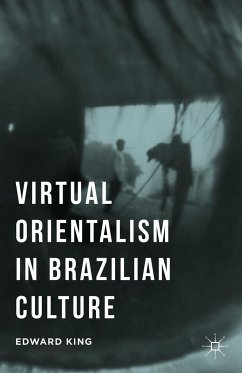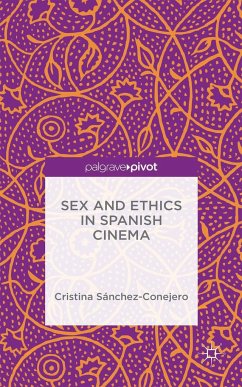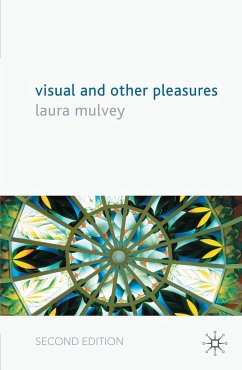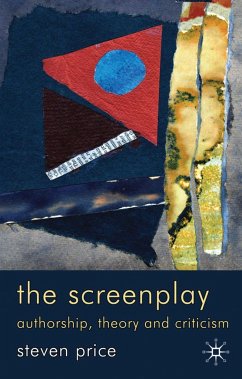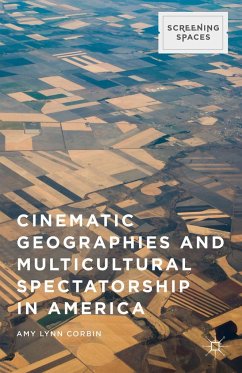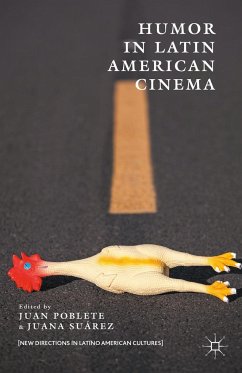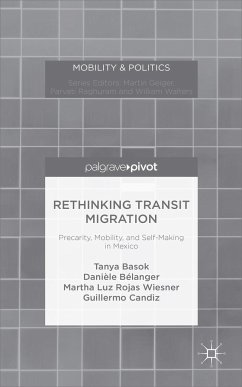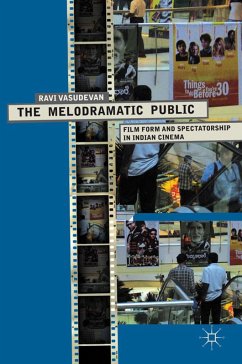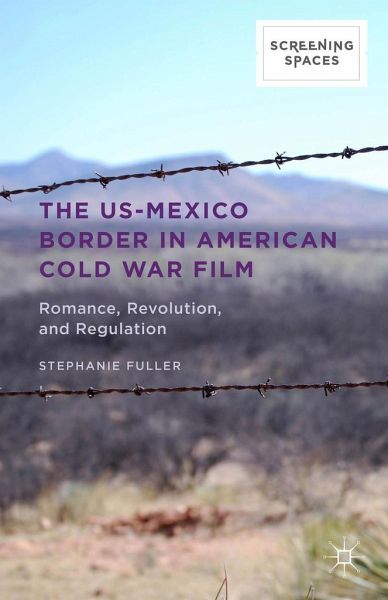
The Us-Mexico Border in American Cold War Film
Romance, Revolution, and Regulation

PAYBACK Punkte
19 °P sammeln!
Through an analysis of Cold War Era films including Border Incident , Where Danger Lives , and Touch of Evil , Stephanie Fuller illustrates how cinema across genres developed an understanding of what the U.S.-Mexico border meant within the American cultural imaginary and the ways in which it worked to produce the border.





